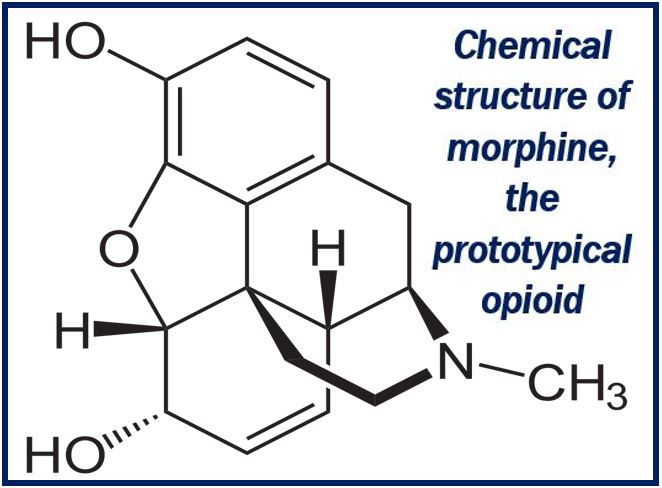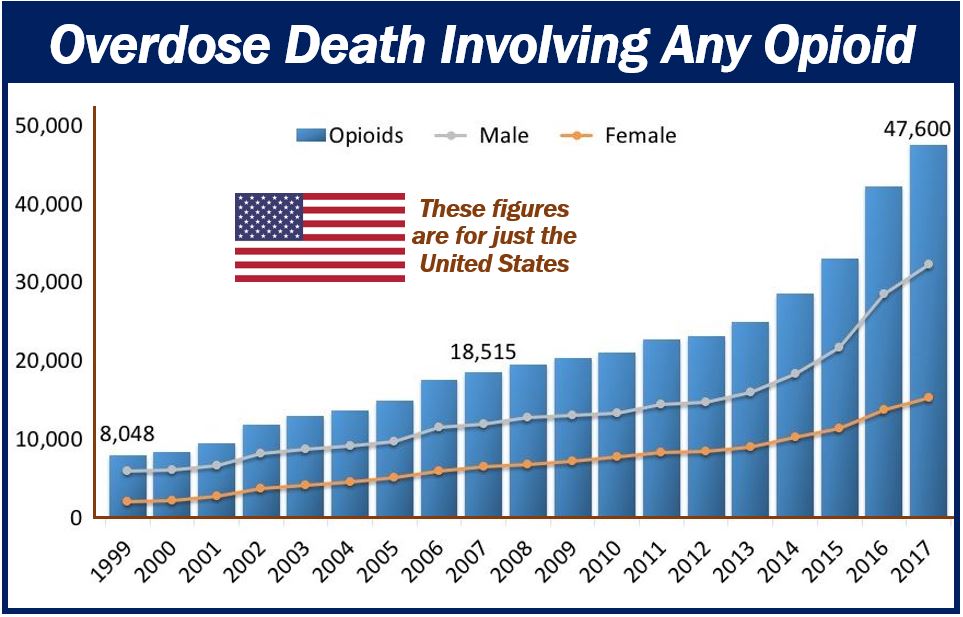
The opioid epidemic has been a thorn in the realm of public health due to its mushrooming negative impacts to not only the users but also the Asian region in general. According to health scholars, if action is not taken immediately to address this menace, the Asian continent is bound to be faced by a tsunami of drug-related deaths which will be a magnification of the crack cocaine that had ravaged the region a generation ago.
Opioids refer to a class of drugs that encompasses synthetic substances such as fentanyl, illegal heroin, pain relievers such as oxycodone, morphine, and codeine. This piece focuses on this epidemic with regard to an overview and the causes of it. The possible solutions such as the focus on the demand side through state-funded detox centers (check here) will also be highlighted while drawing references from different scientific researches and findings done in this area.
According to the Centers for Disease Control and Prevention, approximately 130 people die each day from opioid overdose. This includes different opioid drugs that have been available for centuries to different classes of people. For instance, veterans of the civil war were given morphine as a pain reliever.
Late in the 1800s, pharmaceutical companies would start producing synthetic opioids such as heroin which was and is highly addictive. As of 1924, the Heroin Act restricted and prohibited the unauthorized manufacture, importation or even processing of heroin. By the 1970s, more opioids like hydrocodone would crop up to relieve pain.

Affects all demographic groups
Opioid use tends to impact all demographic groups and particularly those in rural settings. Currently, approximately a fourth of the adult population in Asia make use of prescription opioids. This has necessitated rehab programs funded by the state government to crop up in order to assist the addicts of this class of drugs. This has resulted in $442 billion being used on an annual basis in health care and criminal justice pertaining to the misuse of opioids.
As of 2016, the estimated number of fatal opioid drug overdoses stood at 64000 which shows the magnitude of the issue.
Reasons for It
The epidemic has risen as a result of myriad causes and as a result, it is not easy to be solved by a simple solution. From the above, it is clear that the crisis has partly risen due to a complex history of well-intentioned efforts by pharmaceutical industries in the quest to balance the essential treatment of pain against the misuse of these medications.
Moreover, the past few decades have highly been distinguished by poverty, rising unemployment as well as wealth inequality as a result of neoliberal austerity measures.
Possible Solutions
To address this epidemic, numerous groups have attempted to come up with guidelines, goals, and regulations. These groups include the FDA, the CDCP as well as other federal and state government agencies.
Most of these intervention measures target the supply side of this equation through physician-drug-monitoring-programs, restricting prescriptions, and other regulatory initiatives. A complementary yet efficient approach would be to target the demand side. Initiatives in this would be to educate physicians, address why patients misuse opioids in the first place and implementing preventative measures.
Addiction treatment can readily be handled by the state-funded drug rehabilitation programs as well as the state-funded detox centers which are being put up around the region. You should get addiction treatment from the best possible programs in the country. We recommend San Francisco drug rehab programs. Getting away from your enablers is always a great first step.

